Name: Tim McCormick
What is your role on Council, what does it involve and what do you enjoy about it?
I have been Treasurer of the Palaeontographical Society since 2013. I look after the finances, produce annual accounts and have them independently verified, and pay our bills. The most enjoyable part of the role is making awards to winners of our prizes like the Edward Forbes Prize, providing research funds through the Richard Owen Fund, and sponsoring meetings like Progressive Palaeontology, the International Symposium on Cephalopods, and SVPCA (Symposium of Vertebrate Palaeontology and Comparative Anatomy).
The way the Society’s finances work has changed radically in recent years. Until 2018 we had an operating model that our Victorian authors would have recognised. Our members, who might be individuals or institutions, would pay their subscriptions early in each calendar year, and we would pay to have the monographs typeset, printed, and mailed out towards the end of each year. This changed in 2018 when we signed an agreement with Taylor & Francis to be our publisher. Our reasons for entering into the agreement were that T&F could market the monographs much more effectively than we could, and they could offer online access not just to the current issues, but also the past issues all the way back to Issue 1, published in 1848, something we as a small society could not hope to achieve otherwise. So, the big win for our members is that your annual subscription does not just give you access to this year’s monographs, it gives you online access to all the monographs.
What is your day job and what does it involve?
Although I’m a palaeontologist by background, I work for the British Geological Survey as a geoscience data specialist. I design databases to store different types of geoscience data, including geological data, geochemical data, and economic minerals data. I also teach databases and database design. My work is guided by the ‘FAIR data’ principles, that data should be findable, accessible, interoperable, and re-usable. I have a particular interest in ‘controlled vocabularies’, the dictionary- or thesaurus-type databases that we use to constrain other information systems. The BGS controlled vocabs that I run include the Lexicon of Named Rock Units, and the Rock Classification Scheme.

The most enjoyable and rewarding part of my job is working with geological surveys and government agencies in other countries, usually in Africa, to construct what we call ‘geo-data centres’. The geo-data centre is the complete digital data solution for a geological survey, including network and web servers, data storage, networked PCs, backup and disaster recovery systems, software, policies and procedures, and trained network and database administrators. We help the partner agency to digitise their data and publish data catalogues. In Europe and North America, we are accustomed to storing our data in shared repositories. In other parts of the world this is completely new, and its implementation transforms their way of working. The geo-data centre helps the country’s government to advertise the minerals potential of their country to potential investors, to negotiate with mining companies from a position of knowledge, and to improve the governance of the minerals sector in their country. It also protects irreplaceable data from the risk of loss.
What is your favourite PalSoc monograph and why?
I did my PhD at Glasgow University under Alan Owen, studying trilobites, so I have a soft spot for the Ordovician trilobite monographs, especially FRC Reed’s 1903-1935 monographs and various supplements on the trilobites of Girvan which guided my own field work in Scotland. I also must mention Dean 1971-78 on the trilobites from the Chair of Kildare Limestone, Ingham 1970-77 on the Cautley and Dent districts, Whittard 1955-67 on the Shelve Inlier, and of course the doyen of trilobite palaeontologists, Whittington’s 1962-68 monographs on the trilobites from the Bala area.

Do you have a favourite fossil or fossil display in a museum?
Ok so I am not sure this is exactly my favourite, but it was certainly memorable. In the 1990s the Hunterian Museum, which is part of the University of Glasgow, had an outrageously grisly display created by J Keith Ingham. The museum was in possession of the skull of a Neanderthal child, maybe 2 or 3 years of age at the time of death. The skull had two holes in it, almost certainly post-mortem and nothing to do with the cause of death. The museum also had a skull of the sabre-toothed cat Smilodon. And wouldn’t you know it, the sabre-tooth’s incisors fitted the holes in the child’s skull exactly! To someone of Keith’s imagination, this was too good an opportunity to miss. So, he set up the sabre-tooth skull with its jaws agape and its fangs embedded in the Neanderthal cranium! To maximise the horror, he also commissioned an artwork depicting the unfortunate child being dragged away by the ferocious cat. Museum display or chamber of horrors? My fellow Council member Neil Clark, who works at the Hunterian, tells me that sadly the exhibit is no longer on display.
